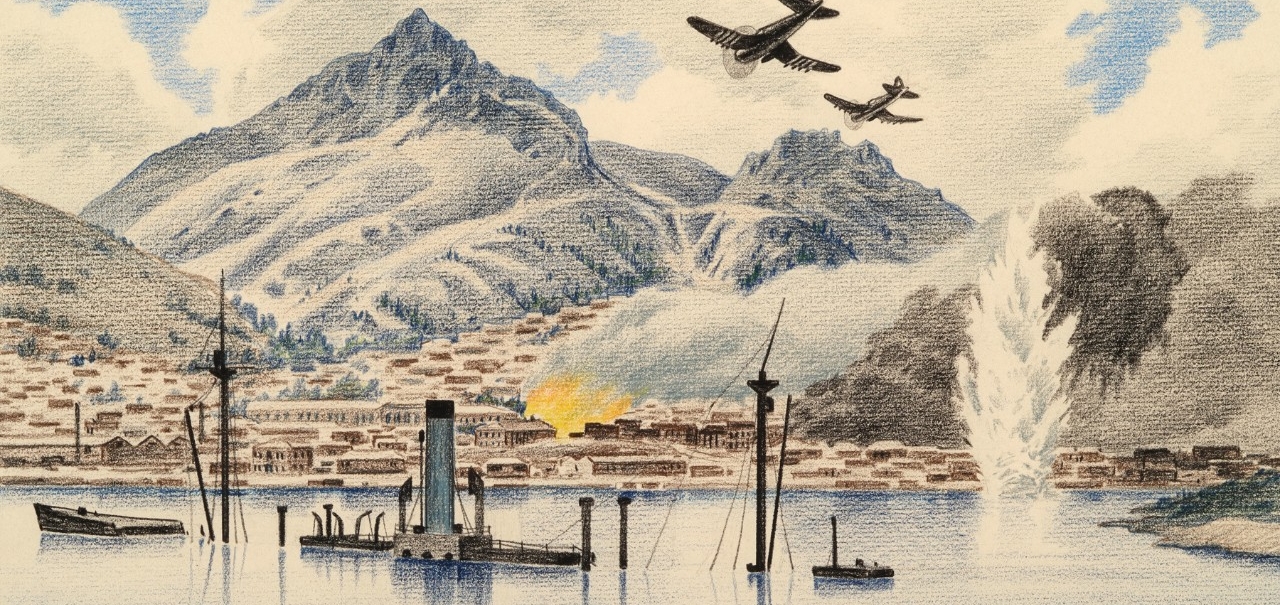premiumtix.net – The Korean Peninsula, a landmass extending from the Asian continent into the Pacific Ocean, has been the cradle of a rich and complex history that spans thousands of years. This article provides an overview of the historical developments on the Korean Peninsula, from its prehistoric times to the modern era.
Prehistoric Korea
The Korean Peninsula’s history begins in prehistoric times, with evidence of human habitation dating back to the Paleolithic era. The region’s first inhabitants were hunter-gatherers, but by the Neolithic period, they had begun to practice agriculture and pottery-making. The Bronze Age brought advancements in metalworking, and by the Iron Age, the peninsula was home to several proto-states, including Gojoseon, which is considered the first Korean kingdom.
The Three Kingdoms Period
The history of Korea is marked by the Three Kingdoms period, which lasted from the 1st century CE to the 7th century. This era was characterized by the rivalry among the kingdoms of Goguryeo, Baekje, and Silla. Goguryeo, located in the north, was a powerful state that controlled parts of Manchuria and the Russian Far East. Baekje was situated in the southwest, known for its cultural achievements and maritime trade. Silla, in the southeast, was initially the smallest of the three but eventually emerged as the dominant power with the help of the Chinese Tang Dynasty.
Unified Silla and the Goryeo Dynasty
In 668, Silla, with the assistance of the Tang Dynasty, succeeded in unifying the peninsula under its rule, establishing the Unified Silla period. This era was marked by significant cultural and technological advancements, including the adoption of Buddhism as the state religion and the creation of the world’s first metal movable type printing.
The Goryeo Dynasty (918-1392) followed Unified Silla, from which the name “Korea” is derived. Goryeo was known for its achievements in the arts, particularly in the production of celadon pottery and the development of a unique style of Buddhist art. The dynasty also saw the invention of the Korean alphabet, Hangul, in the 15th century, although it was not widely used until much later.
The Joseon Dynasty and Japanese Occupation
The Joseon Dynasty (1392-1910) was the last dynasty of Korea, established by General Yi Seong-gye, who overthrew the Goryeo Dynasty. Joseon was a period of significant stability and prosperity, with the establishment of a strong Confucian bureaucracy and the promotion of neo-Confucianism as the state ideology. However, the dynasty also faced invasions by Japan and Manchu tribes, which weakened the state and set the stage for foreign domination.
In 1910, Korea was annexed by Japan, beginning a period of harsh colonial rule that lasted until the end of World War II. The Japanese occupation was marked by exploitation, forced labor, and attempts to suppress Korean culture and language.
The Division of Korea and the Korean War
After World War II, Korea was liberated from Japanese rule but was soon divided along the 38th parallel into two occupation zones: the Soviet Union occupied the north, and the United States occupied the south. This division eventually led to the establishment of two separate governments: the Democratic People’s Republic of Korea (North Korea) in the north and the Republic of Korea (South Korea) in the south.
The division culminated in the Korean War (1950-1953), which began when North Korea invaded South Korea. The conflict drew in the United Nations, led by the United States, to support South Korea, while China and the Soviet Union supported North Korea. The war ended with an armistice, leaving the peninsula divided along the Military Demarcation Line near the original 38th parallel, and the two Koreas remain technically at war to this day.
Modern Korea
In the decades following the Korean War, both Koreas have developed distinct political systems and economies. South Korea has emerged as a major economic power, with a strong focus on technology and manufacturing, while North Korea has pursued a policy of self-reliance, known as Juche, and has developed a reputation as a reclusive state with a significant military presence.
The Korean Peninsula remains a focal point of international relations, with ongoing discussions about reunification, denuclearization, and peace on the peninsula. Despite the challenges, the shared history and culture of the Korean people continue to be a source of pride and identity.
In conclusion, the Korean Peninsula’s history is a testament to the resilience and adaptability of its people, who have navigated through millennia of change, conflict, and cooperation. The peninsula’s strategic location and rich cultural heritage have shaped its past and continue to influence its future.
